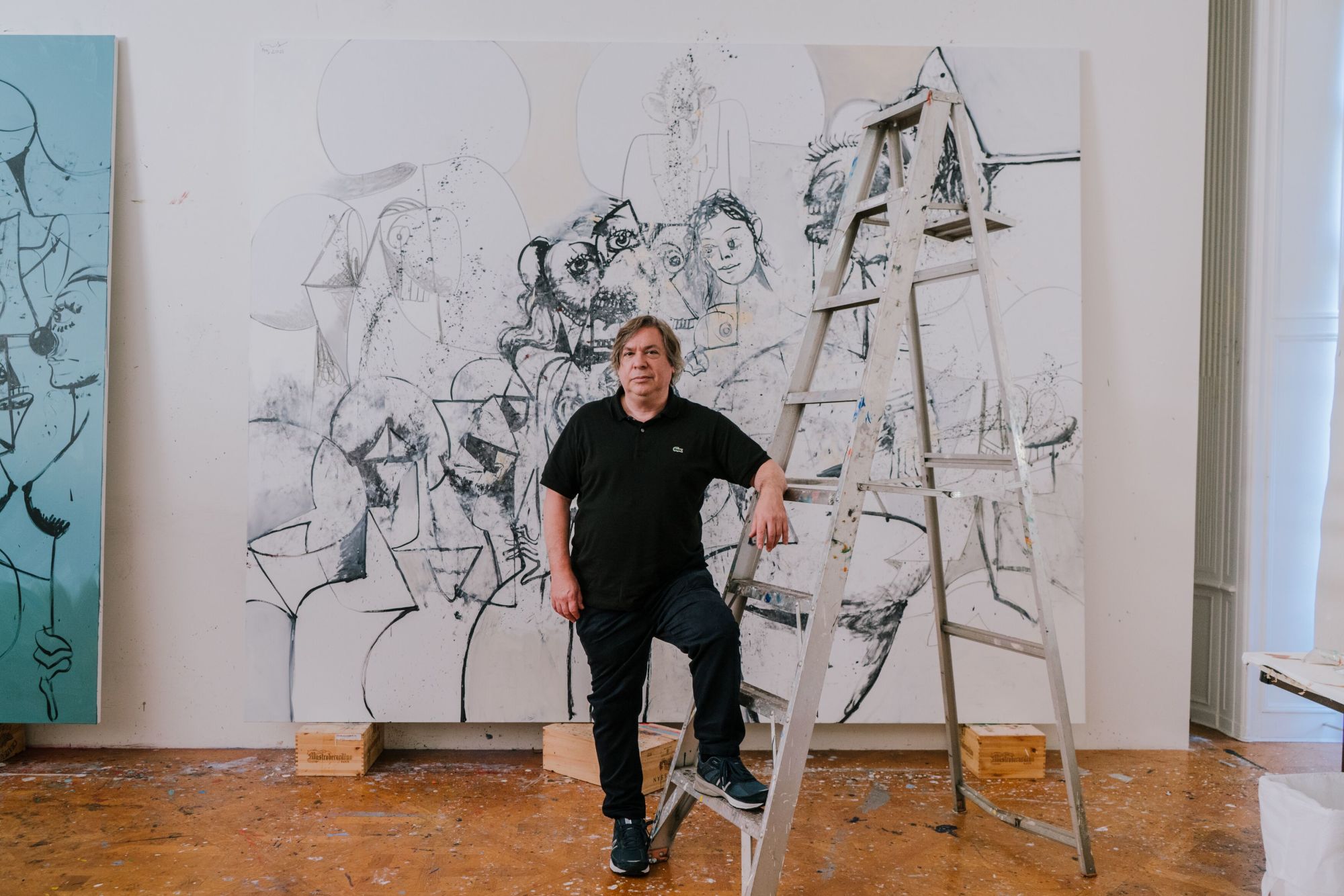Each morning this past summer, artist George Condo arrived at his New York studio, turned on the same John Coltrane “Live in Sweden” CD that he’s worked to for years and began exorcising the figures in his paintings. Syncing with the increasing potency of Coltrane’s saxophone, Condo would hurl paint at the canvas, then demolish and resurrect the human forms that appeared in its wake.
“The canvas would get this completely formulated figure,” he explained over a video call. “(And then I) realize that figure reminds me of somebody who’s been there way too long and needs to go… I’d smash out the figures with the paint, and then sometimes I’d go back in and bring them back to life.”
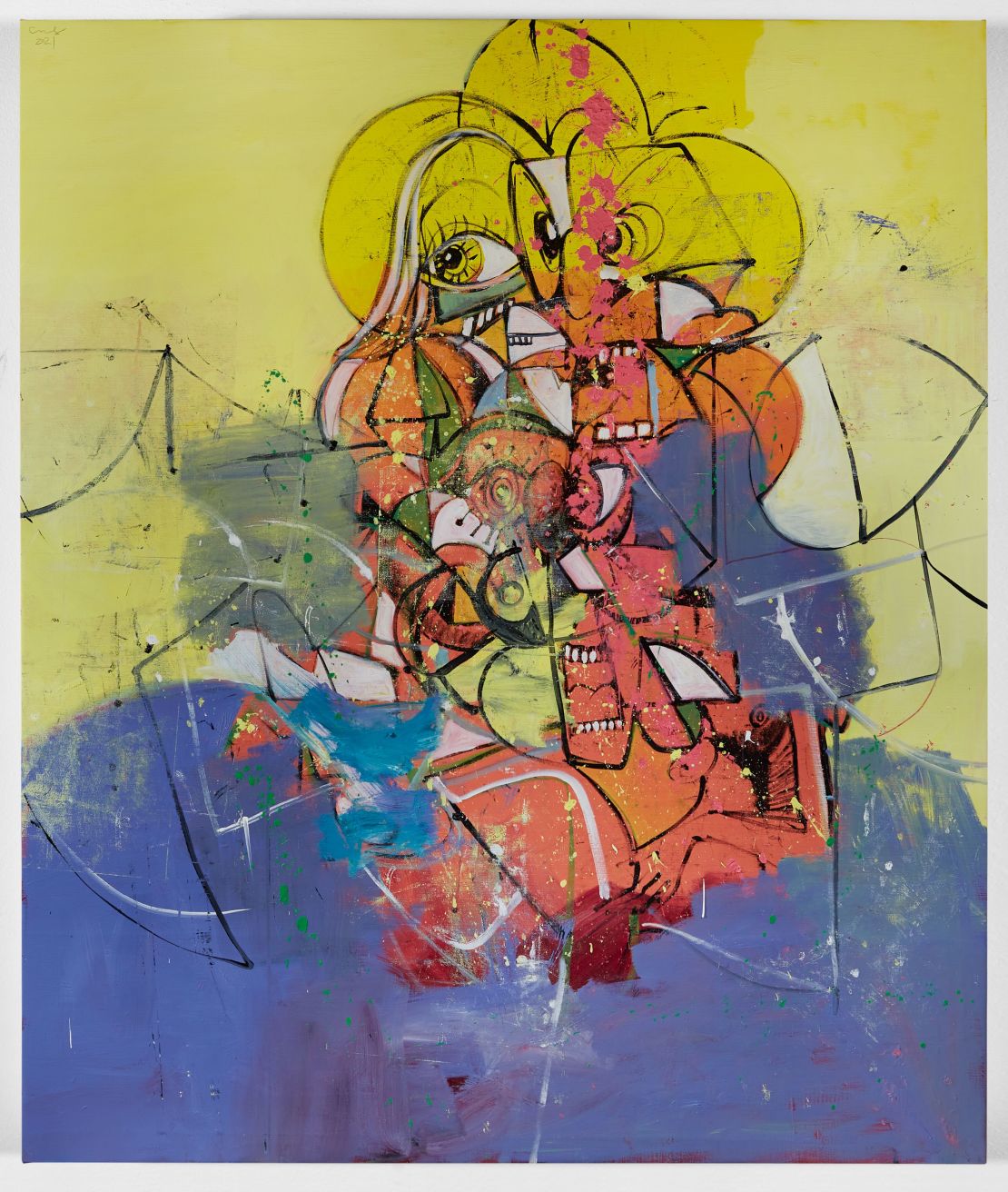
Though Condo’s practice has long been entwined with music, this intuitive way of working marked a significant departure for the artist, who typically approaches his paintings more like drawings. Condo, now 63 years old, has become renowned for his distinctive way of rendering the human form into something recognizable but altogether uneasy – a taxonomy ranging from the cartoonish to the grotesque.
But letting a mercurial force guide his hands, he began ridding his compositions of the recurring characters who haunted them over the years.
“As Coltrane gets more manic, and his solos become more intricate, I find myself becoming more intricate, following the rhythmic aspects of the music and the paintings,” he explained. “So they’re improvisational in that sense.”
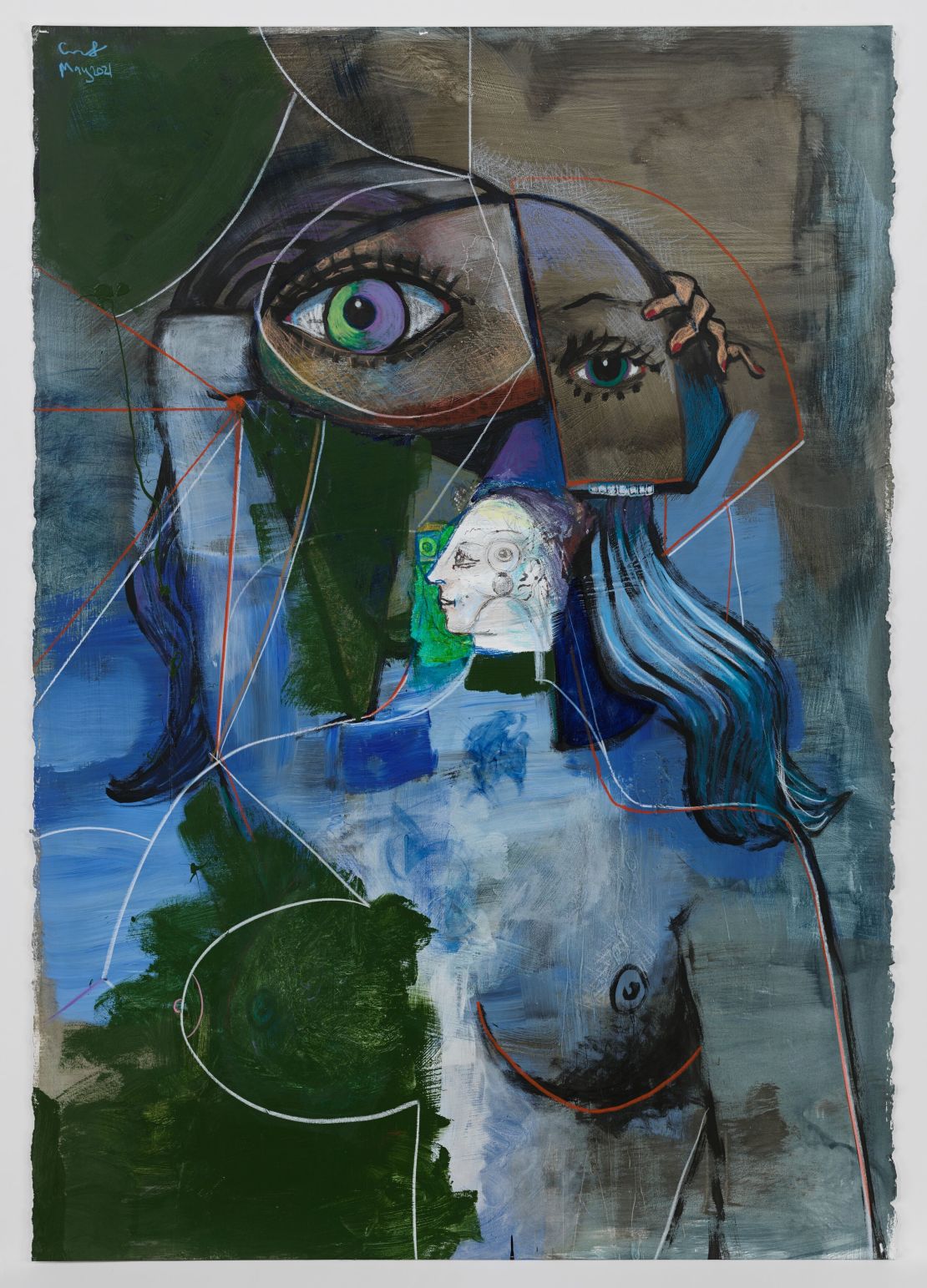
The new paintings, which will be on view at Hauser & Wirth’s London gallery from October 12, still carry the psychological intrigue that has been the fulcrum of Condo’s practice. But leaning more toward abstraction, with shards of human characters emerging from and crashing into one another, his latest work illustrates the chaos of fragmentation – an apt theme for art made during a pandemic.
Condo has been prolific over the last 18 months, producing new work at his outpost in the Hamptons last year, as well a series of more recent “Blues” paintings going on view at a sweeping retrospective of his work at Shanghai’s Long Museum this fall.
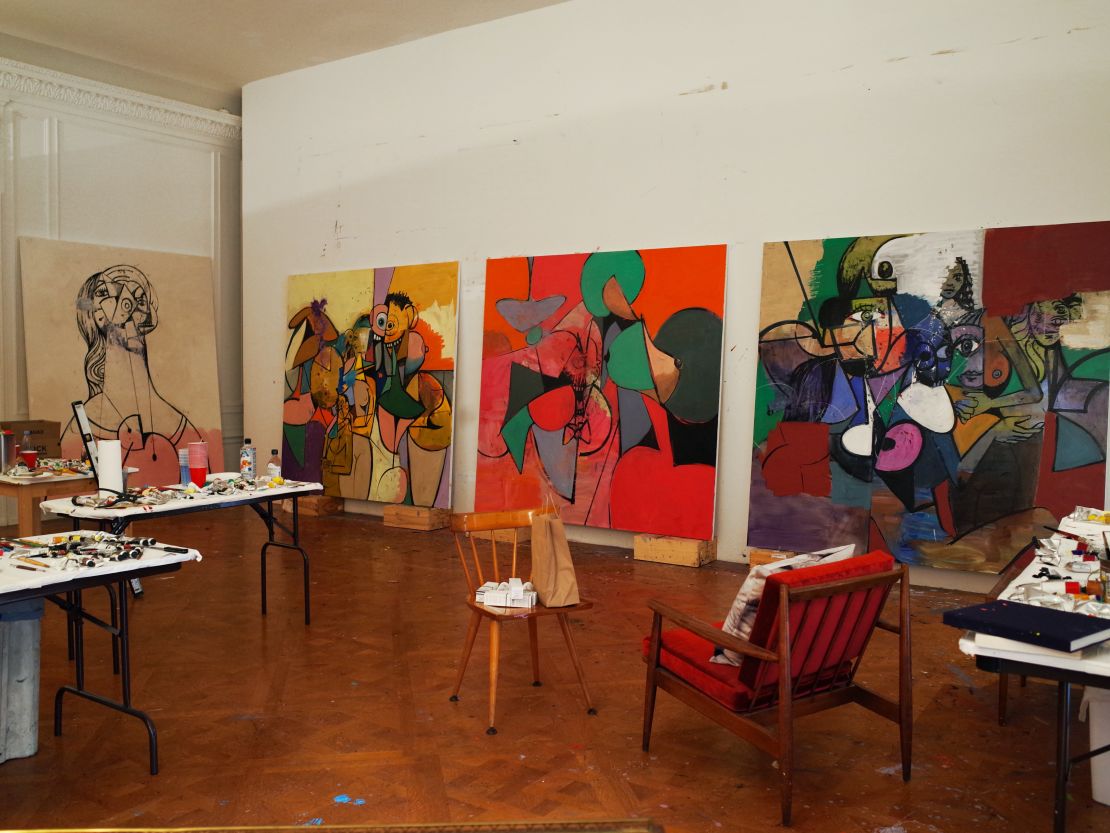
Dissecting his own work became one of Condo’s daily rituals – one he performed after drawing early each morning, then feeding his cat, who is “a singer” and named after the soprano Maria Callas.
He found his new approach to painting “very satisfying,” he said. “It was like that feeling when you’ve got something that’s been sitting around your house for a really long time, and you want to throw it away, and you finally do.”
‘Eliminating’ his style
More than four decades into his career, deconstructing his own work is the only next step that makes sense to Condo. Like decomposing matter that nurtures new growth, he hopes that breaking down his paintings will elevate them.
“I think that eliminating my own style, and my own recognizable imagery is probably the most important thing that I could do at this point in my life,” he said.
The Shanghai retrospective charts the evolution of that style, from portraits with bulging cheeks and lidless eyes; to smudged, spectral forms in neutral tones; to frenetic, colorful facial features.
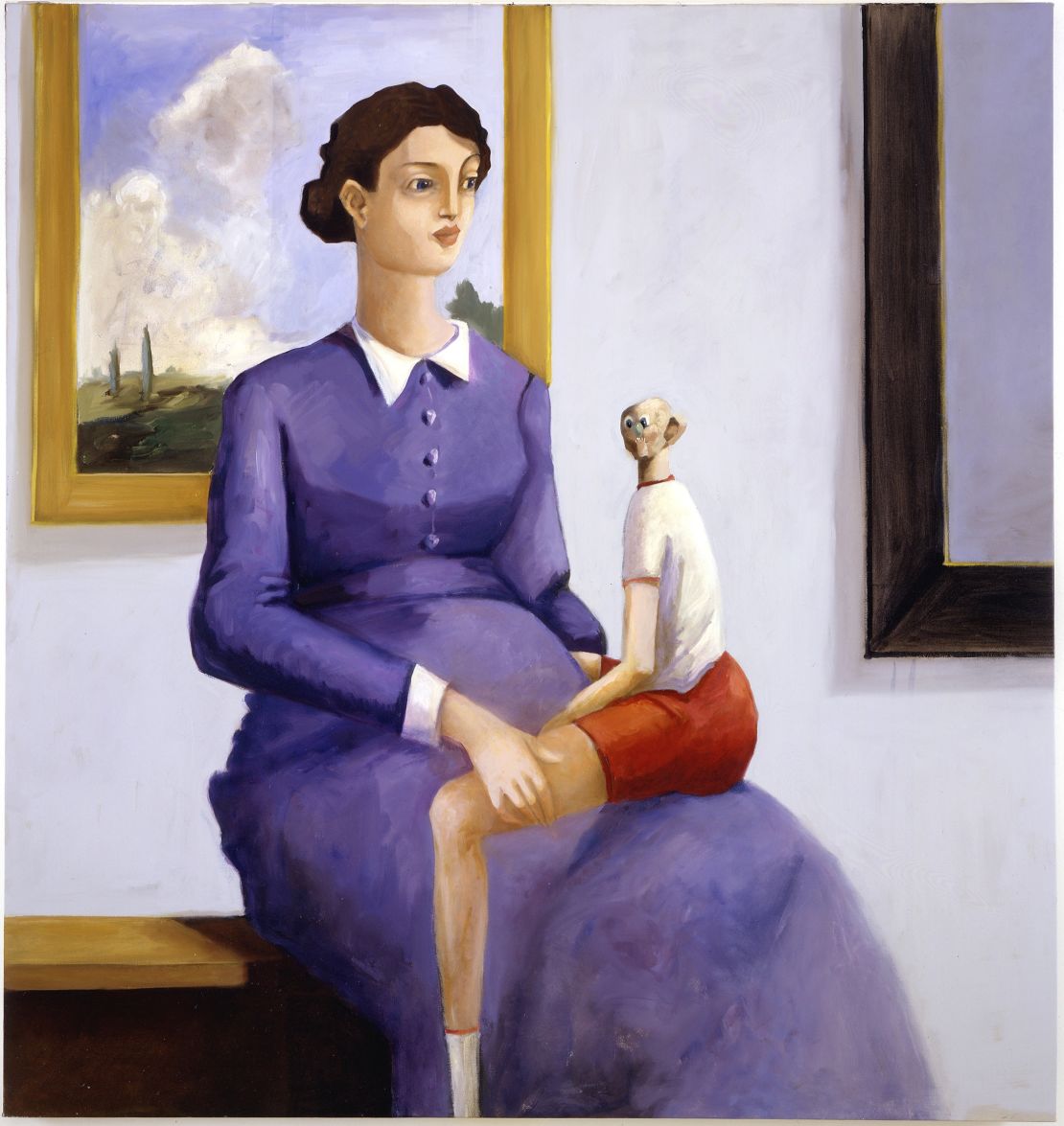
Condo emerged in ’80s New York alongside his friends Jean-Michel Basquiat and Keith Haring. And just as his peers, who populated their works with instantly recognizable figures – Basquiat’s gestural, expressive faces and Haring’s simplified, energetic bodies – Condo created his own “species of humans,” which he called “a compilation of who we are.” There have been a compilation of art influences, too, from Cubist forms and lyrical Abstract Expressionist compositions, to the painterly textures and dark undertones of Francisco Goya. Lately, the market for his works has soared, with his painting “Force Field” setting his auction record last year at 53 million Hong Kong dollars ($6.8 million), and another work, “Antipodal Reunion,” becoming the most expensive painting Sotheby’s had ever sold online at £1 million ($1.3 million).
“(My figures) speak to our generation, they speak to the idea of multiple channels of communication, multiple personalities, multiple emotions, multiple (ways to) access information, all at the same time,” Condo said.
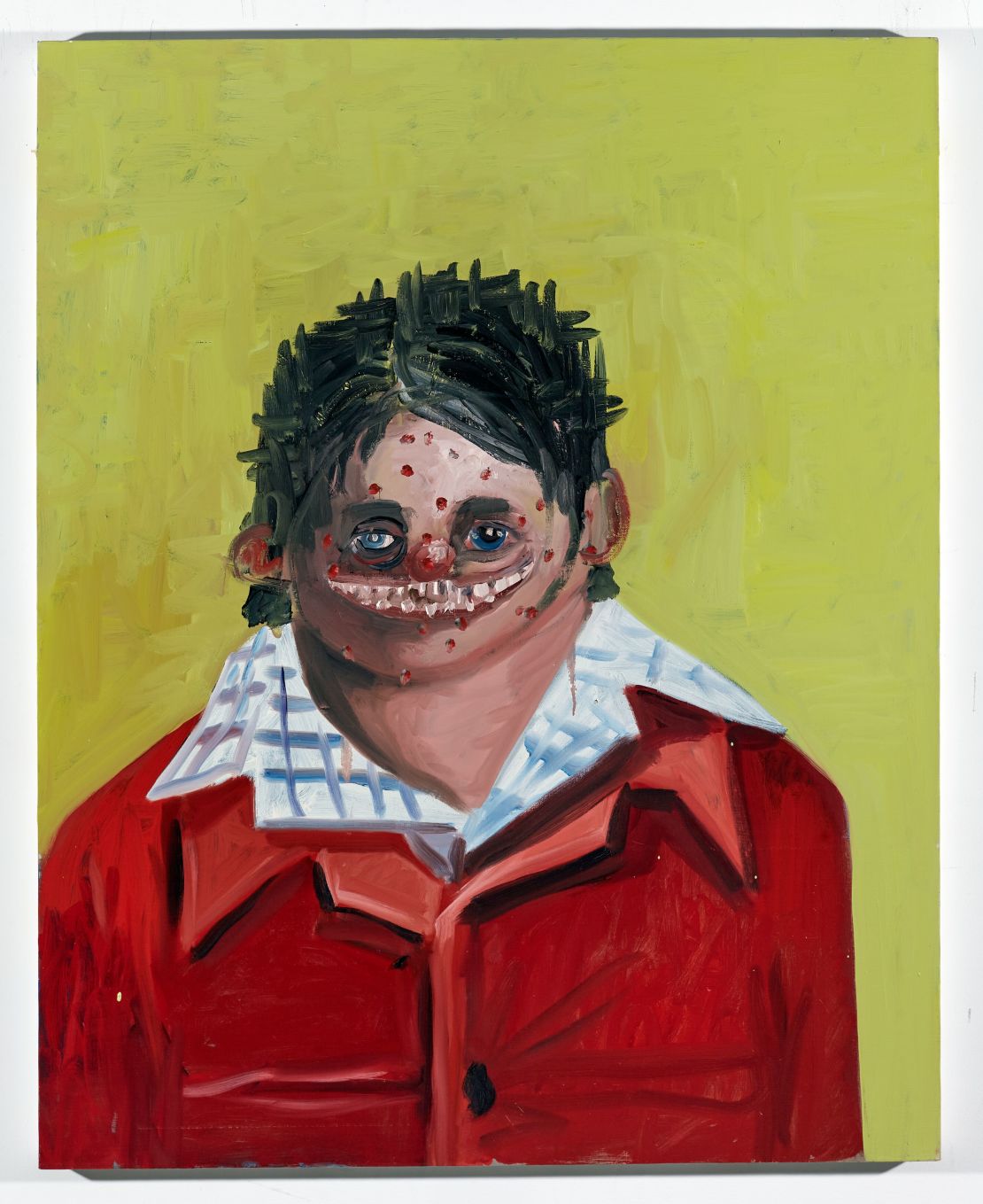
“I explored the idea of a continuum of figures that were constantly metamorphosing into one form or another… they could be realistic and abstract simultaneously,” he added.
Condo’s characters, who often oscillate between our basest desires and fears, have intrigued musical artists from Phish to Travis Scott, who have both tapped the artist to create sleeve art. (In a trade, Scott wrote text to accompany Condo’s work at the Venice Biennale in return for artwork for his 2020 single, “Franchise.”) Condo also famously collaborated with Kanye West for the album “My Beautiful Dark Twisted Fantasy” just over a decade ago. His initial cover image – of an armless winged figure copulating with a demonic-looking West – was widely censored, though several alternate covers, also by Condo, were also made available.
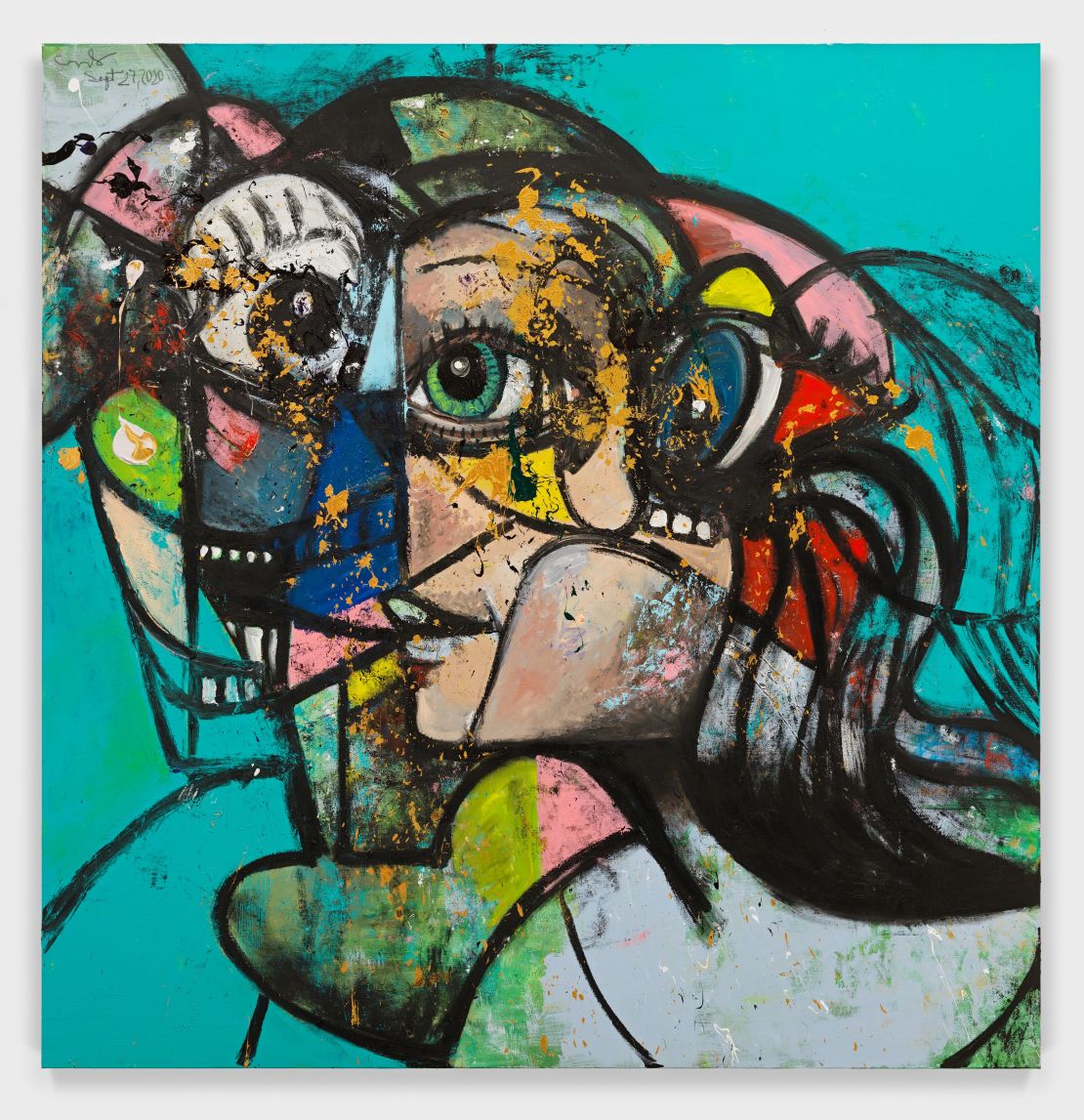
According to Condo, it was his painting style that had provoked, with West and the eerie angel both loosely daubed on the canvas as a young child might. “When you have a child-like interpretation of adult subject matter, that infuriates (people),” Condo said. “We combined forces to infuriate the establishment, essentially. And that’s what made it so much fun.”
Back to basics
Condo’s new works signals a return to basics, but that doesn’t mean they are devoid of meaning or context. They respond to his experiences of the past year and a half – experiences that, for many of us, will be all too familiar. For instance, “The Day They All Got Out” – a painting of wide eyes, open mouths and feminine curves exploding from an amalgamation of geometric forms – was meant to be a hopeful snapshot of early summer in New York as Covid-19 cases plummeted thanks to the vaccine.
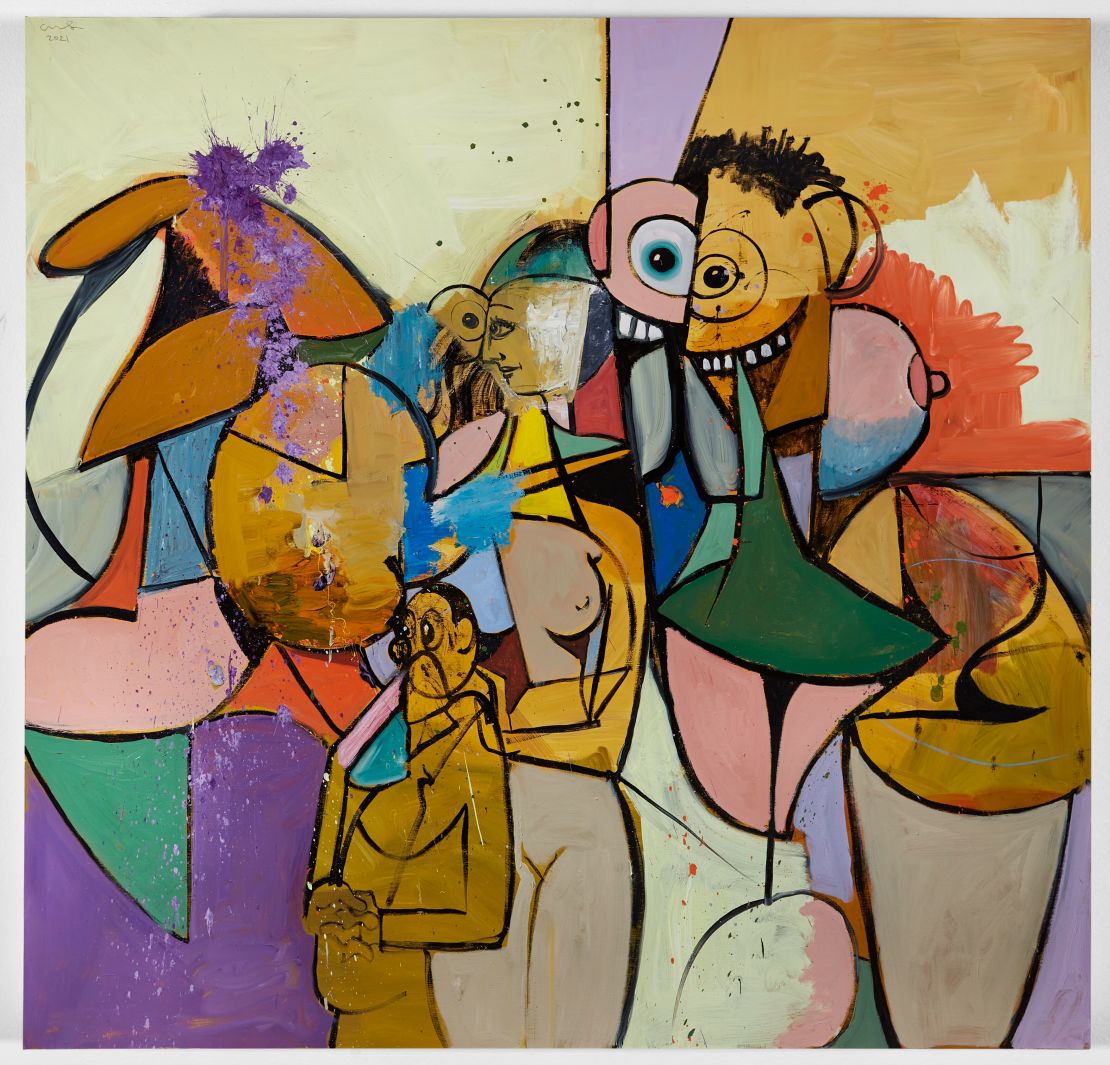
“There was that moment… when, all of a sudden, it was like we’ve all been let out of our cages, and we can go out and do whatever we want,” he said. “The paintings were a celebration of that freedom.”
Elsewhere, his “Blues” paintings, of abstracted black and white figures over swaths of blue, conveyed his unease with leaving an extended period of isolation.
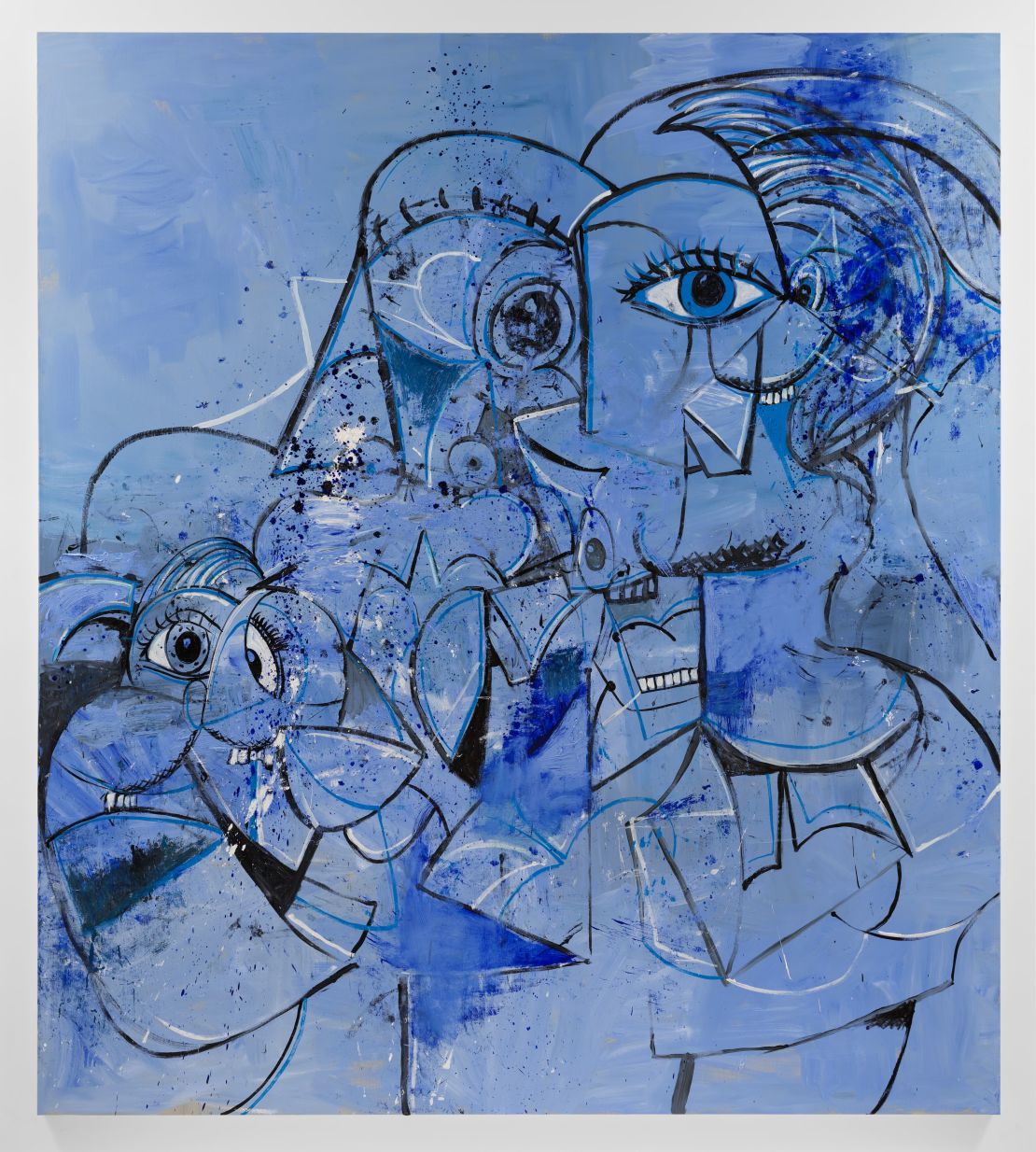
“The ‘Blues’ paintings were this strange lamentation of – having trained myself for a year to live in solitude – re-entering the real world,” he said. “In my mind, I was trying to keep together a body of work, but I thought, ‘I don’t care about (making a) body of work anymore; what I care about is pure expression,’” he continued. “And I care about empathetically expressing those feelings that maybe everybody has. We all feel this pressure, and we need to release from that pressure.”
And if his new work doesn’t look much “like a George Condo,” he said, that “might be a good thing.” He, like us, is never quite sure of what’s coming next.
“I just wonder what those (next paintings) are going to look like. I don’t know what they’re gonna look like,” he said. “And so that’s what’s exciting.”
George Condo’s retrospective, “The Picture Gallery,” is showing at Long Museum West Bund in Shanghai from Sep. 26 to Nov. 28, 2021. His exhibition “George Condo. Ideals of the Unfound Truth” is showing at Hauser & Wirth in London from Oct. 13 to Dec. 23, 2021.
Top image: George Condo in his New York studio.
